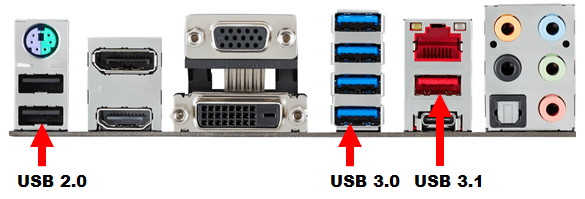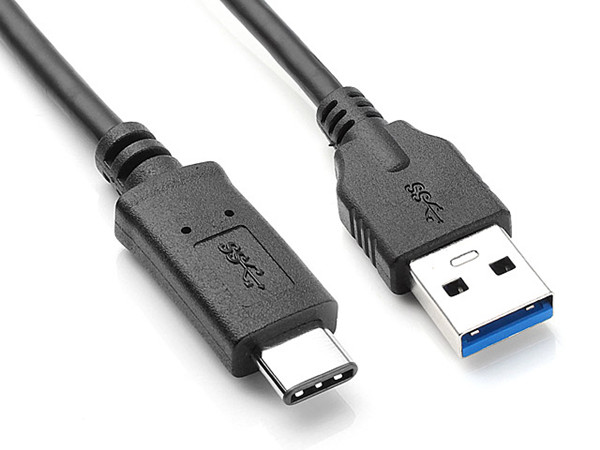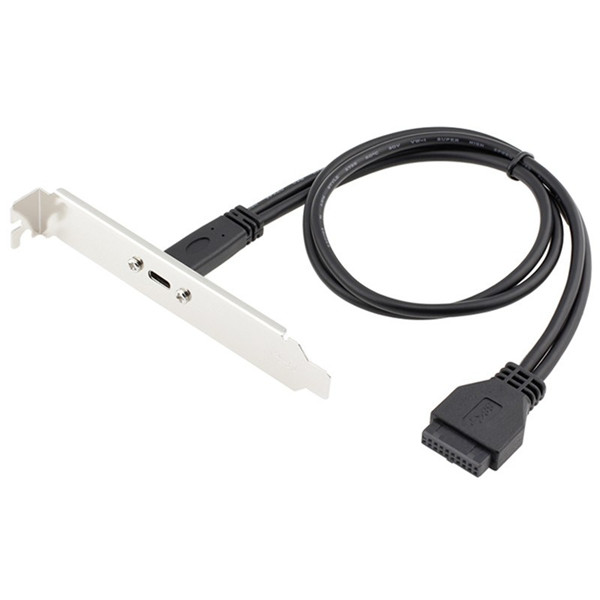Nowadays, USB3.1 has become the standard interface for motherboards and mobile SSDs, but many students are still not very familiar with the USB 3.1 interface, so today I will talk to you about the topic of USB 3.1.
USB 3.1 is the latest USB-based transmission specification. The new USB 3.1 interface will double the bandwidth to 10Gbps. It is also worth noting that the encoding rate has increased again. USB 3.0 is 8b10b encoding, that is, for every 10 bits of data transmitted, only 8bit is the real data, and the remaining 2bit is used as the check code, so the entire bandwidth will have up to 20% (2/10) loss, and the new one. USB 3.1 uses 128b/132b encoding. In 132bit data, only 4bit is used as the check code, and the transmission loss rate is greatly reduced to 3% (4/132), so USB 3.1 is not only to increase the bandwidth, but even Transmission efficiency has also improved a lot. Compared to USB 2.0 5V/0.5A, USB 3.0 provides a 5V/0.9A power supply. But people still want a stronger power supply, so USB 3.1 (SuperSpeed+) will increase the maximum allowable standard of power supply to 20V/5A and power supply 100W.
The USB 3.1 interface will double the bandwidth to 10Gbps, and it is worth noting that the encoding rate has increased again. USB 3.0 is 8b10b encoding, that is, for every 10 bits of data transmitted, only 8bit is the real data, and the remaining 2bit is used as the check code, so the entire bandwidth will have up to 20% (2/10) loss, and the new one. USB 3.1 uses 128b/132b encoding. In 132bit data, only 4bit is used as the check code, and the transmission loss rate is greatly reduced to 3% (4/132), so USB 3.1 is not only to increase the bandwidth, but even Transmission efficiency has also improved a lot. Compared to USB 2.0 5V/0.5A, USB 3.0 provides a 5V/0.9A power supply. But people still want a stronger power supply, so USB 3.1 (SuperSpeed+) will increase the maximum allowable standard of power supply to 20V/5A and power supply 100W.
It seems that USB 3.1 has many benefits, but you must pay attention to the fact that USB 3.1 and USB Type-C are two different things. Strictly speaking, USB 3.1 is a transmission standard, and USB Type-C is an interface standard. There are three interface standards for USB 3.1, namely USB Type A, USB Type B (Micro USB) and the latest USB Type-C.
There is no absolute correlation between USB 3.1 and USB Type-C. Knowing that there is a USB Type-C interface does not necessarily mean that it supports the USB 3.1 standard. The USB 3.1 standard does not necessarily have to be a USB Type-C interface.
Send your message to us:
Post time: Aug-31-2018


